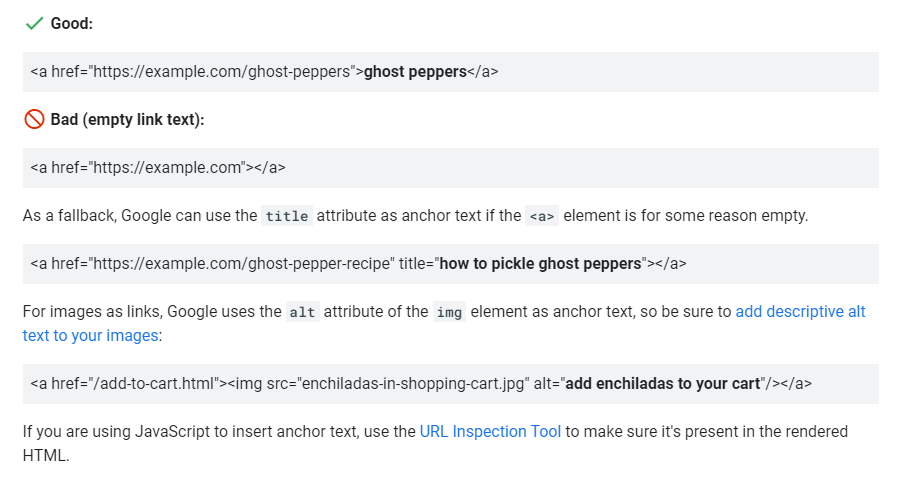If you’re a website owner, you may have heard of the latest Google SEO Link Best Practices Update. In this article, we’ll take a look at the update and how it affects your website’s search engine optimization (SEO).
What is the Google SEO Link Best Practices Update?
Google has published a new set of best practices for links in their SEO and search developer documentation. These new best practices focus on creating crawlable links that help Google understand the content on your website.
Why is the Update Important?
Links are an essential component of SEO, and they help search engines understand the content on your website. The new best practices aim to create a more effective algorithm to identify and nullify link spam. The latest update will make Google’s algorithms more effective in identifying and nullifying link spam.
What Are the Best Practices for Links?
Let’s dive into the best practices that Google has published in its SEO and search developer documentation.
Create Unique, Descriptive Titles: Your title link is critical to giving users a quick insight into the content of a result and why it’s relevant to their query. Make sure that your title is unique and descriptive and provides a clear idea of the content on your website.
Anchor Text Placement:
Anchor text, or link text, refers to the visible text of a hyperlink. It provides information about the linked page to both people and search engines like Google. To ensure that Google can crawl the anchor text, it should be placed between <a> elements. Creating unique anchor text can help improve the relevance and authority of a linked page.

Write Strategic Best Anchor Text:

Utilize Internal Links to Cross-Reference Your Own Content
While most people typically associate linking with external websites, focusing on the anchor text used for internal links can be beneficial for both users and Google in terms of understanding your site and discovering other pages within it. It’s important to ensure that every page you value has a link from at least one other page on your site. Consider which additional resources on your site could assist your readers in comprehending a particular page and link to those pages in the appropriate context.
Linking to Other Websites (External Links)
There is no need to fear linking to other sites. In fact, using external links can help establish trustworthiness, such as citing sources. To provide context to your readers about what they can expect, link out to external sites when it makes sense.
Only use the “nofollow” attribute for external links when you have concerns about the source’s trustworthiness, and not for all external links on your site. For instance, if you’re an avid cheese lover and someone wrote an article criticizing your favorite cheese, and you want to write a response article but don’t want to give the site some of your site’s reputation through your link, using “nofollow” would be appropriate.
If you received payment in any form for a link, indicate these links with “sponsored” or “nofollow.” Additionally, if users are allowed to add links to your site, such as on a forum section or Q&A site, use “ugc” or “nofollow” for these links as well.
Avoid Overusing Keywords: Avoid overusing keywords in your anchor text. Overusing keywords can make it appear like you are trying to manipulate the search engine rankings, and it can negatively impact your SEO.
Create Crawlable Links: Make sure that your links are crawlable by search engines. You can create crawlable links by using a descriptive URL, using the rel=”nofollow” attribute for sponsored links, and avoiding the use of JavaScript to create links.
How to Check Whether Your Site is in Google’s Index?
It is essential to determine whether your site is in Google’s index or not. To do so, perform a site search for your site’s home URL. If you see results, then you are in the index. For instance, a search for site:wikipedia.org returns these.
Google’s SEO Link Best Practices Update aims to create a more effective algorithm to identify and nullify link spam. It is crucial to follow the best practices and guidelines provided by Google when creating links for your website. By creating crawlable links and using unique, descriptive titles and relevant anchor text, you can improve your website’s search engine optimization and avoid being penalized by Google’s algorithm.

